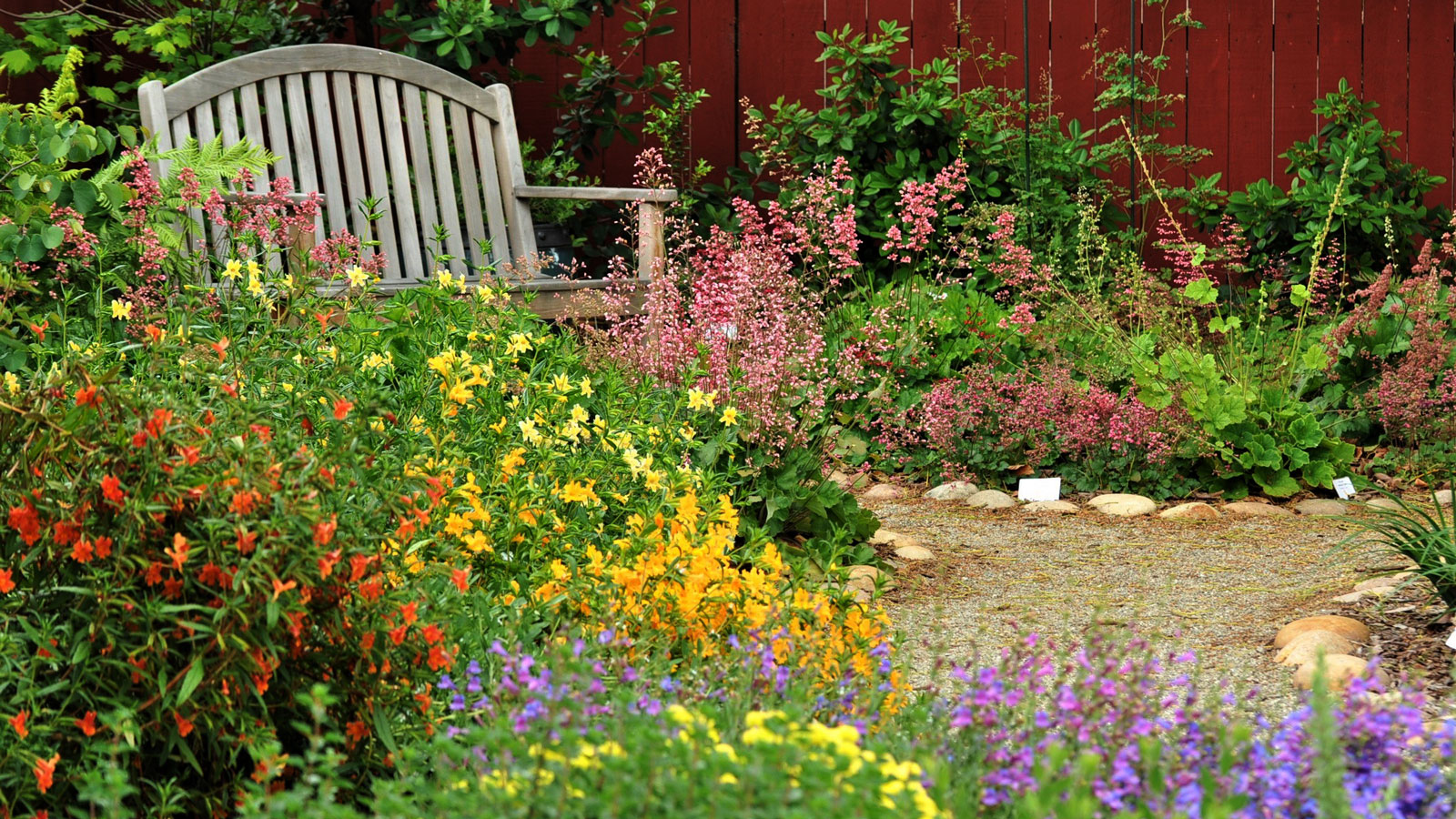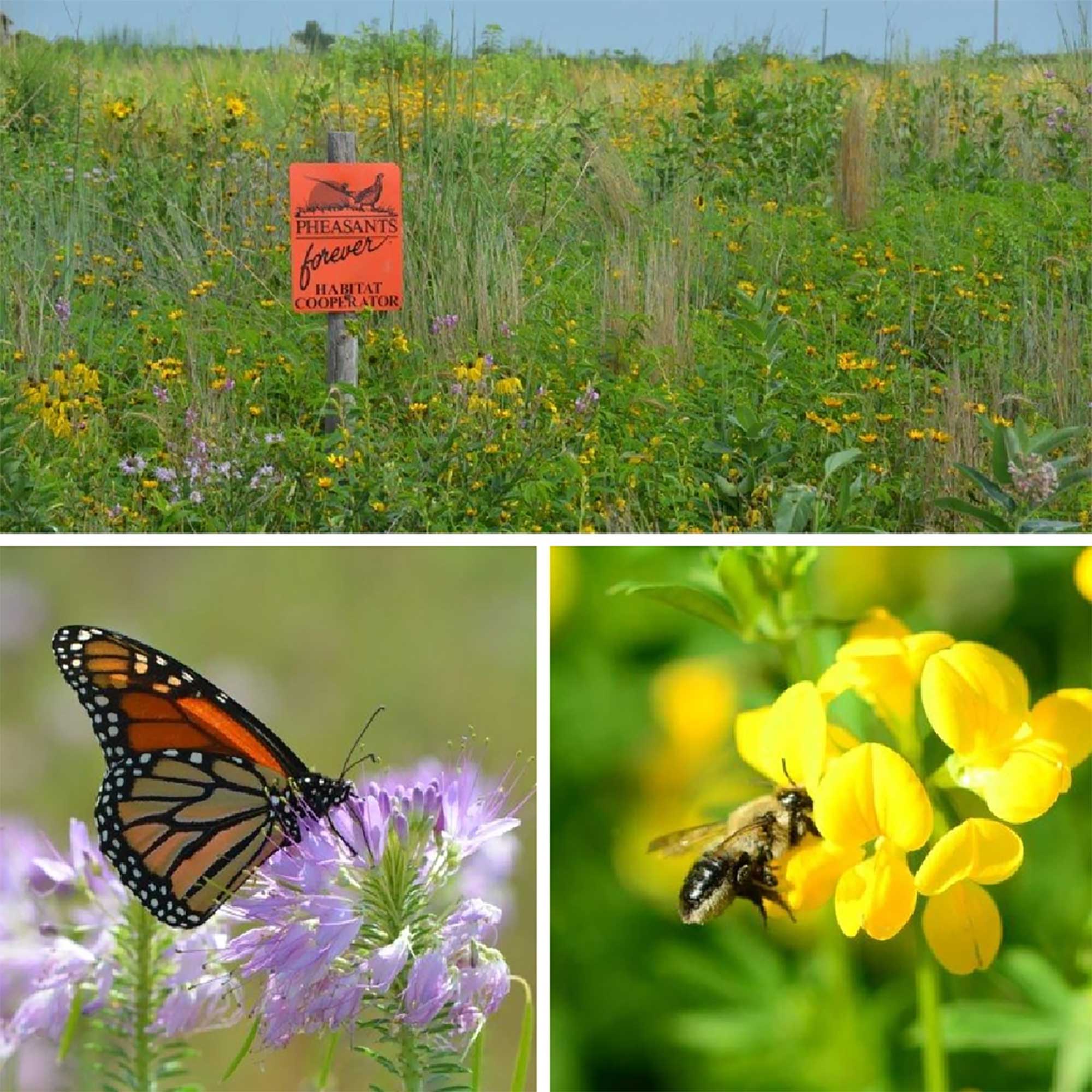Create a Pollinator-Friendly Garden: Top Tips

Imagine stepping into a garden buzzing with life, where bees dance from flower to flower, and butterflies flit about like confetti in the breeze. This isn't just a dream; it's a reality you can create in your own backyard. By cultivating a pollinator-friendly garden, you're not only inviting beauty but also playing a crucial role in supporting our ecosystem. Let's dive into some top tips for creating a haven for these beneficial insects.
Understanding Pollinators and Their Habitat
Pollinators are the unsung heroes of our ecosystem. They include bees, butterflies, hummingbirds, and even some beetles and flies. These creatures are essential for the reproduction of many plants, including those that provide us with food. Creating a pollinator habitat in your garden is akin to building a bustling city for these tiny workers, complete with food, shelter, and water.
Why Create a Pollinator-Friendly Garden?
Did you know that one out of every three bites of food we eat is thanks to pollinators? By creating a pollinator-friendly garden, you're not just beautifying your space; you're contributing to sustainable gardening and the health of our planet. Plus, who doesn't love watching butterflies and bees in action?
Top Tips for Creating a Pollinator-Friendly Garden
1. Plant a Diverse Range of Flowers
Just like us, pollinators have their favorite foods. To attract a variety of beneficial insects, plant a diverse range of flowers. Aim for a mix of shapes, sizes, and colors. Some pollinators prefer shallow, open flowers, while others love tubular blooms.

Native Plants: The Gold Standard
Native plants are the gold standard for pollinator gardens. They've co-evolved with local pollinators, making them a perfect match. Plus, they're often easier to care for since they're adapted to your region's climate and soil.
2. Provide a Succession of Blooms
Pollinators need food throughout the growing season. Plan your garden to have a succession of blooms from early spring to late fall. This way, there's always a meal available for your tiny visitors.
3. Create a Water Source
Pollinators need water just like we do. A shallow dish or birdbath with a few pebbles for them to perch on is all it takes. Just remember to change the water regularly to prevent mosquitoes from breeding.
4. Offer Shelter
Pollinators need a place to rest and nest. Leave some areas of your garden a little wild, with piles of leaves or branches. You can also install bee boxes or butterfly houses to provide additional shelter.
5. Avoid Pesticides
Pesticides can be harmful to pollinators. Instead, opt for organic or natural pest control methods. Encourage natural predators like birds and ladybugs to keep pests in check.
6. Plant in Clusters
Pollinators are more likely to visit gardens with dense clusters of flowers. It's like a one-stop shop for them, making it easier to gather nectar and pollen. So, plant your flowers in groups rather than scattering them throughout the garden.
7. Incorporate Herbs and Vegetables
Many herbs and vegetables are excellent for pollinators. Plus, you get the added benefit of fresh produce! Plants like basil, dill, and chives are particularly attractive to bees and butterflies.

8. Provide Mud and Bare Soil
Some pollinators, like certain bees and butterflies, need mud or bare soil for nesting or laying eggs. Leave a small patch of your garden unmulched and slightly damp to accommodate these needs.
9. Educate Yourself and Others
Learning about pollinators and their habits can make your gardening efforts more successful. Share your knowledge with others to inspire more pollinator-friendly gardens in your community.
Conclusion
Creating a pollinator-friendly garden is more than just a hobby; it's a way to make a tangible difference in our ecosystem. By following these tips, you can transform your garden into a thriving habitat for beneficial insects. Not only will you be rewarded with a beautiful, buzzing garden, but you'll also be contributing to the health of our planet. So, what are you waiting for? Let's get planting!
FAQs
What are the best plants for attracting pollinators? Native plants are generally the best for attracting pollinators. Some popular choices include coneflowers, asters, milkweed, and goldenrod.
How can I attract more butterflies to my garden? Butterflies love plants with flat-topped flowers, such as asters and yarrow. They also need host plants for their caterpillars, like milkweed for monarchs.
Should I deadhead flowers in a pollinator garden? Deadheading can encourage more blooms, but it's best to leave some flowers to go to seed. Many pollinators rely on these seeds for food.
How can I provide nesting sites for bees? You can provide nesting sites by leaving some areas of your garden undisturbed, with piles of leaves or branches. Bee boxes can also be a helpful addition.
What should I do if I find a sick or injured pollinator? If you find a sick or injured pollinator, it's best to leave it alone unless you're trained in wildlife rehabilitation. However, providing a safe, quiet place with some sugar water can sometimes help.
By implementing these tips and understanding the needs of pollinators, you can create a thriving wildlife garden that benefits both you and the environment. Happy gardening!
0 Response to "Create a Pollinator-Friendly Garden: Top Tips"
Post a Comment